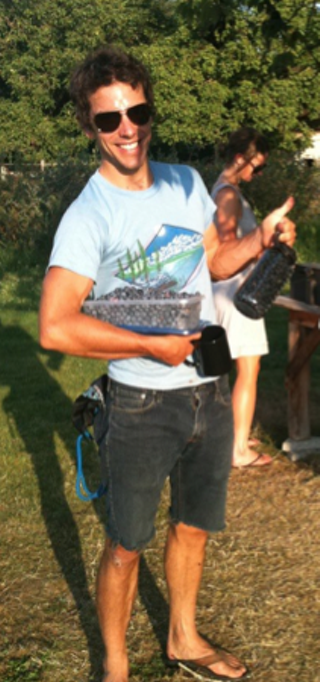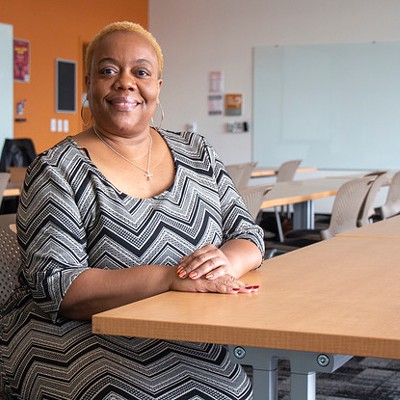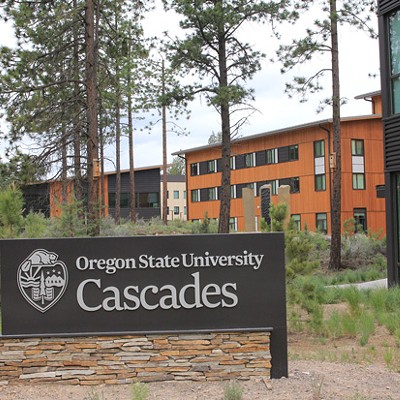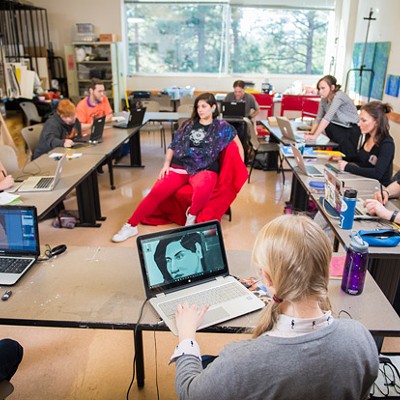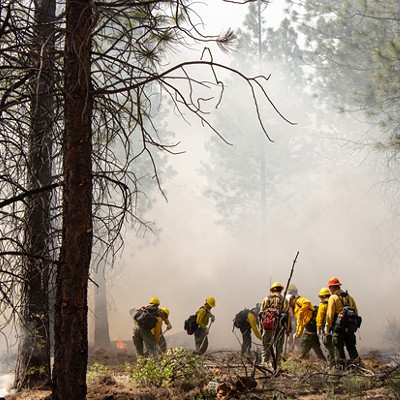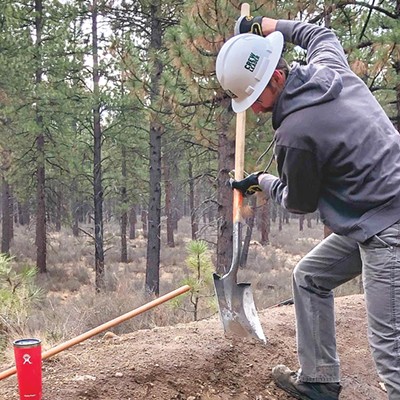In recent months, Bend city councilor and Mayor pro tem Jodie Barram has repeatedly faced the same questions. No, not Mirror Pond. And no, not the city's surface water improvement project. Nope, not the sewer system overhaul.
Give up?
The queries Barram has fielded have less to do with her capacity as a city councilor and more to do with her role as co-chair of an information gathering and planning committee charged with helping direct Oregon State University-Cascades as it transitions to a four-year campus in Bend. (In case you are just tuning in: The first OSU-Cascades freshman class is slated for 2015.)
Barram and Matt Shinderman, an OSU-Cascades senior instructor of natural resources, are co-chairing the Campus Expansion Advisory Committee. The committee casst a wide net, but is primarily dedicated to addressing the four-year university's impact on livability, sustainability and transportation. As such, Barram and Shinderman and their colleagues have been hosting regular neighborhood meetings to gather input from citizens, and relay the ways in which OSU-Cascades' west side campus might integrate with Central Oregon. While the group has received much feedback, allayed numerous fears and transmitted a number of big ideas (bike share programs, anyone?), above all, neighbors want to know: How will area transportation be affected?
"Transportation always comes to the top," Barram said during a recent interview. "People want to know how you're going to deal with it."
But since the city is still in its information-gathering phase, concrete answers remain elusive—an issue further aggravated by the city's current fledging public transportation system.
Even so, plenty of innovative concepts are under consideration. And to help pay for planning and research, the city applied for and was awarded grant funding. In November, the city won the Transportation Growth Management grant, a state-sponsored grant that should bring in $150,000 to $200,000. City officials are also hopeful that they will be able to secure matching funds from local partnering agencies. The plan is to hire a consultant and begin sustainability, livability and transportation planning by summer.
Barram and her group are a step ahead, and already have begun researching options. Transportation restrictions, like forbidding freshman from having cars, could help mitigate parking and general congestion issues, Barram said. So could extra fees attached to students who commute by car.
Zipcars and other car-sharing options?
Shuttles?
Can Cascades East Transit, an area bus service, get involved?
More bike lanes?
A robust bike share program?
Yes, Barram said she's heard it all, and most options remain on the table.
Because phase one of OSU-Cascades' expansion will, according to Barram, merely amount to a reshuffling of students from the current OSU-Cascades site at Central Oregon Community College to the new 10-acre parcel off of Colorado Avenue, the city councilor thinks the students' impact will hardly be realized.
"You basically move those students down (from the COCC area) and add 400 students," said Barram. According to an OSU-Cascades' report, initial enrollment in 2015 is expected to be approximately 1,300 students. That number is projected to grow to 2,700 by 2020 and to 4,170 by 2025.
"At first, I don't think the community is going to see a lot of change," added Barram. Still, "It's important to hear informally before you start (planning)," she said.
Barram has hosted two neighborhood meetings so far and a number of information sessions and in doing so, she's heard another message come through, loud and clear.
"The fear that we're hearing from neighbors is: I'm going to be living next to a party house," said Barram. "But you're going to have that in any city as your population increases."
Plus, Barram said, outweighing the few university students who will no doubt have couches on their porch and parties that stretch through the wee hours of the morning, are the positive impacts associated with university towns.
"You have more engaged citizens who are studying for a degree that are going into the workforce," Barram said. Plus, there are certain coding modifications that can be made in a radius around campus, which can prohibit certain rental practices, like preventing five unrelated people from living together.
To see what other university towns are doing right, Barram's committee poured over nearly 50 U.S. universities based in towns with similar profiles to Bend. They then ranked the model towns according to metrics like city size and livability, university enrollment and miles from downtown. Among the top ranking scorers are Montana State University in Billings, Western Washington University in Bellingham, and Colorado State University in Fort Collins. Also on the list is Fort Lewis College in Durango, Colo., the University of Colorado at Boulder ,and Evergreen State College in Olympia, Wash.
"This town is on the edge of history," said Barram. "People have a chance to shape the map. It's a game changer."
The next Neighborhood Livability meeting is from 1:30-3pm Thursday, Jan. 30 at the OSU-Cascades Graduate and Research Center, 650 SW Columbia St. See osucascades.edu/4 for a complete schedule of upcoming meetings.
Provide written feedback regarding OSU-Cascades planning through January 31 at osucascades.edu/4.

